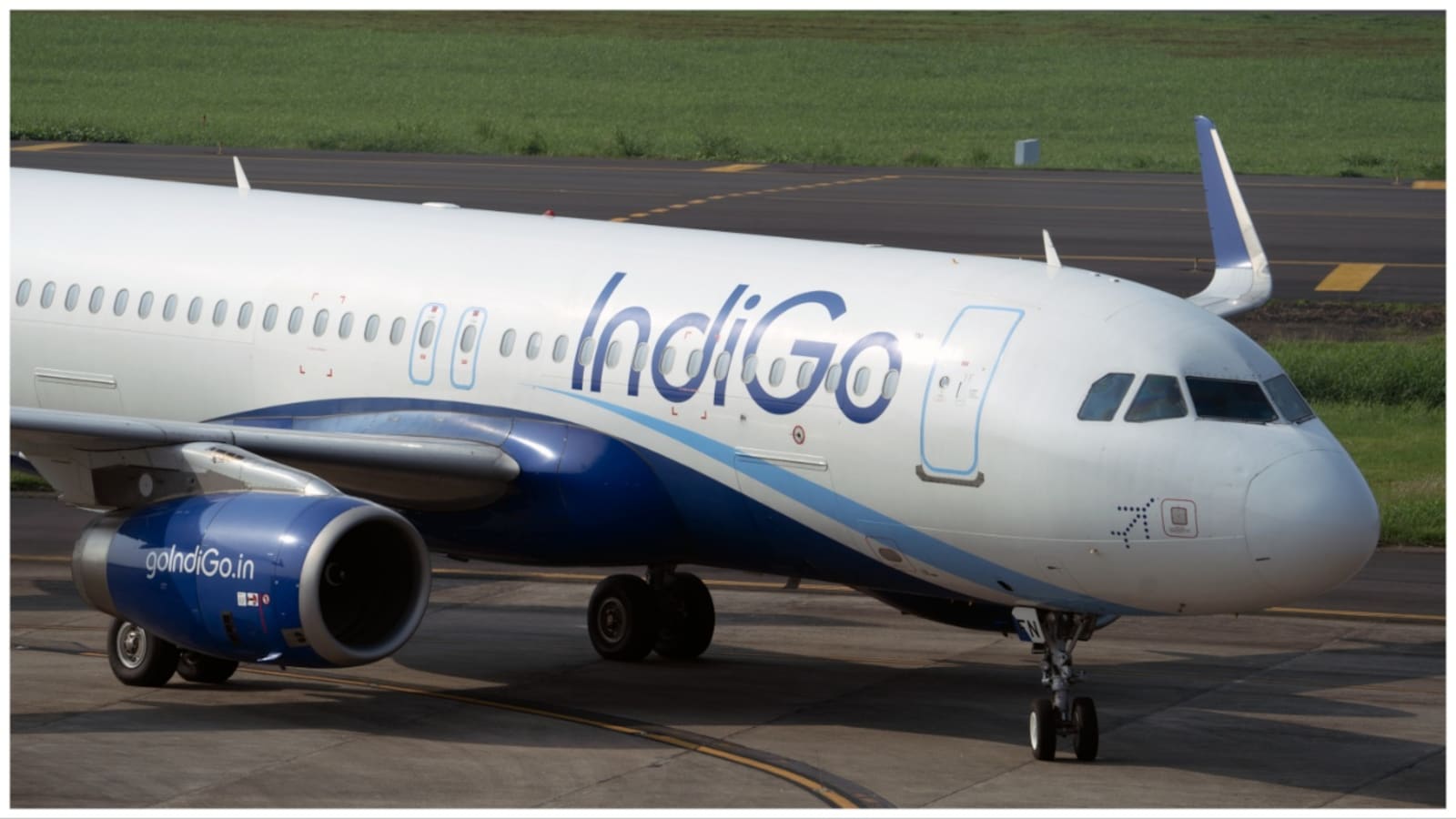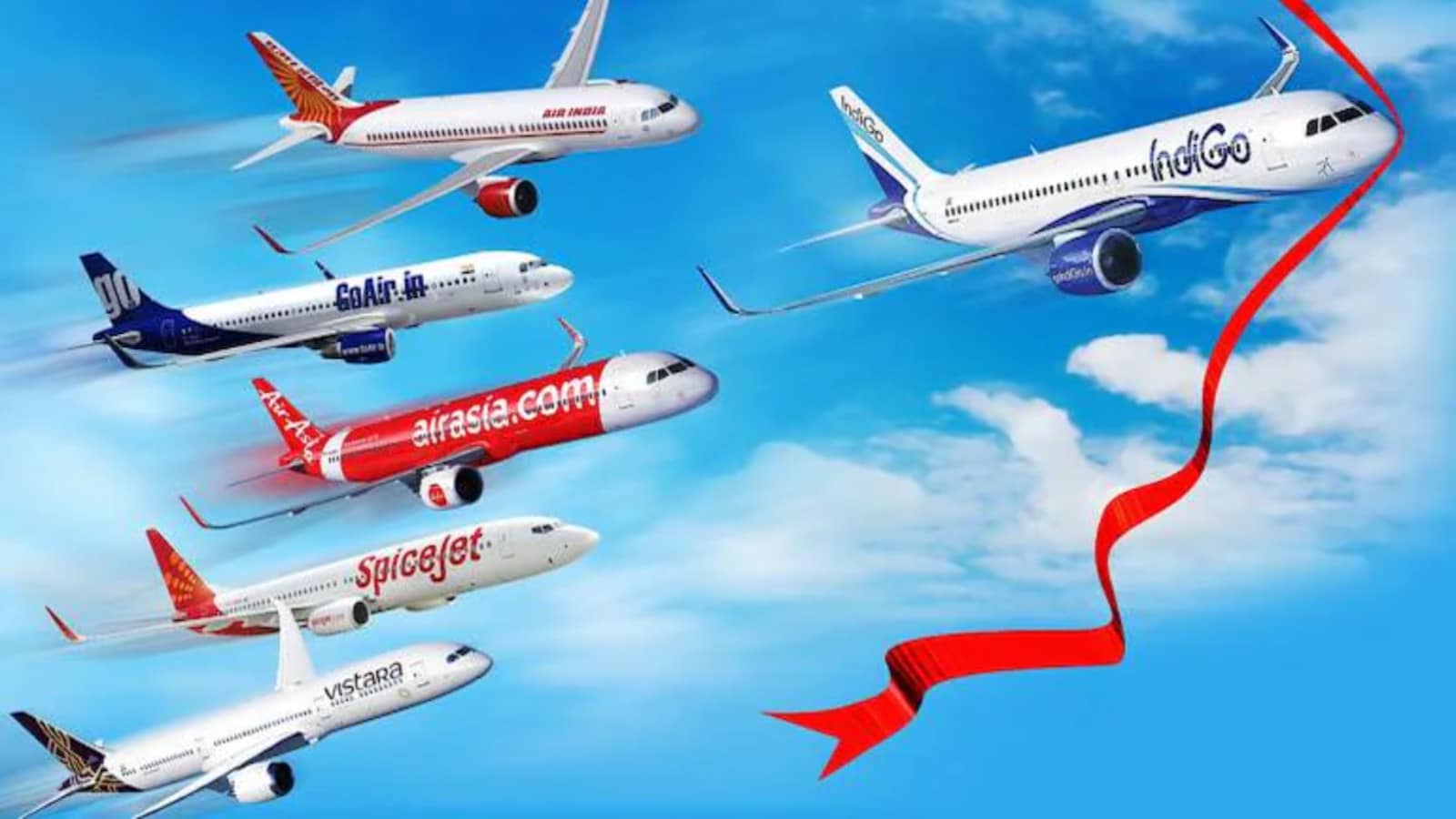IndiGo Expects Significant Revenue Boost Of About INR 100 Crore A Week with Introduction of Fuel Charge
IndiGo has introduced a fuel charge to its base airfares, expects a significant boost in revenue of about INR 100 Crore every week.

IndiGo Expects Significant Revenue Boost Of About INR 100 Crore A Week with Introduction of Fuel Charge
In a strategic move earlier this month, IndiGo, one of the India’s leading airlines, made waves in the aviation industry by introduction of a fuel charge to its base fares. Despite initial scepticism as well as anticipation of other carriers following suit, this decision has proven to be a lucrative one for the monetary conditions of the airline giant. Executives from IndiGo announced on Sunday that the airline expects to generate an additional revenue stream which ranges between INR 90-100 crore every week, owing to the newly imposed fuel charge.
The imposition of the fuel charge, which came into existence on and after October 6, was a direct response to the skyrocketing prices of aviation turbine fuel (ATF) in recent times. The decision made by IndiGo has been considered to be a wise one to balance off the rising operational costs as well as allow the airline to continue to uphold its operational effectiveness and good service standards.
IndiGo has maintained its customer base in spite of the introduction of the fuel fee, in accordance with statistics acquired from the Ministry of Civil Aviation. Indicating that customers are willing to pay the extra cost in exchange for IndiGo’s dependable services as well as wide route network, the airline’s move has not dramatically changed passenger load factors.
It is interesting to note that customers seem largely unaffected by the breakdown of the fare components, concentrating instead on the overall affordability of tickets. Travelers have not been deterred by IndiGo’s decision to introduce fuel surcharges that range from Rs 300 to Rs 1,000 per person, contingent upon the distance travelled. Instead, travellers have observed an overall rise in base costs on many routes, especially because of the approaching holiday season, but this increase has not been reflected in fuel charge rates.
While some industry insiders anticipated a chain reaction with other airlines following a like tactic, it is now clear that there is no such trend. Possibly to prevent bad press as well as maintain customer satisfaction during the holiday season, airlines appear to prefer a slight increase in base pricing instead of the introduction of an explicit fuel charge.
The airline’s capacity to adjust to changing circumstances, such as rising fuel prices, without materially affecting its customer base, is evidence of its strategic foresight. Travelers can anticipate affordable prices as well as consistent high-quality service from IndiGo as the holiday season draws near, reiterating the airline’s status as the top option for millions of customers in India.

IndiGo’s Calculated Approach to Routes and Revenue Boost Ahead of Festive Period
Particular data which has been released as well as evaluated sheds light on IndiGo’s complex route structure and reveals a carefully constructed strategy that sets the carrier for significant earnings, especially when it comes to the upcoming festive season, as the country’s leading airline continues to dominate the skies for the foreseeable future.
With a whopping 13,535 flights every week, IndiGo, known for its extensive network, can currently fit an astounding 24,01,374 passengers on its many different itineraries. Analysing the data reveals that routes between 501 and 1,000 kilometres represent the airline’s maximum deployment in terms of frequency as well as seating capacity. IndiGo’s dominance in this market serves as the foundation of its operations, with 4,168 weekly flights and a whopping 7,42,456 weekly seats.
However, there is a noticeable contrast with the lengthier itineraries, over 3,501 kilometers, where IndiGo has imposed a fuel surcharge of one thousand rupees. Only 180 of the airline’s 13,535 weekly flights, or 40,150 seats, travel on these additional routes. Two B777 aircraft were deployed in this category and were flown on damp leases as evidence of the airline’s smart resource allocation as well as management.
IndiGo’s smart decision-making is even more evident when considering future earnings. On domestic flights in September, the airline had an exceptional passenger load factor of 84.7 percent, continuing a pattern seen on its foreign flights. It is interesting that IndiGo has waived the fuel surcharge for flights covered by the RCS-UDAN (Regional Connectivity Scheme – Ude Desh Ka Aam Nagrik) or cheap flight segments. These routes only make up a tiny portion of the whole network, in spite of its substantial presence in the RCS-UDAN sector.
IndicGo stands to generate between Rs 95 crore and Rs 98 crore per week, when evenly dispersed throughout fuel price bands, with an average of 20,00,000 people flown every week over the course of the last two months, taking incremental flight deployment as well as fluctuating load factors into account. This estimate highlights the potential revenue increase for the airline, particularly in light of the forthcoming peak vacation season defined by Dussehra as well as Diwali.
As travellers prepare for the holiday season, IndiGo is positioned as a leader in the Indian aviation sector thanks to its smart route planning as well as targeted fuel charge policy. Earnings are expected to increase until December, and the carrier is continuing to show innovation along with resiliency in order to provide passengers with a flawless flying experience while maximizing its revenue potential.

IndiGo Navigates Uncertainties: Fuel Charge Strategy and Geopolitical Challenges Shape Future
The imposition of a fuel surcharge, as previously discussed, demonstrates the airline’s flexibility and capacity for adaptation in confronting the challenge of increased operational costs. However, the true impact of this move on IndiGo’s financial health will not be completely apparent until the airline announces its results for Q3FY24 next year. Historically, the third quarter has been a strong season for IndiGo, with record passenger as well as revenue records.
IndiGo’s performance lately has been remarkable, with impressive passenger counts, and the company has established an ambitious goal of flying 100 million passengers during the current financial year. Although achieving this aim is feasible, the question of whether it can be done profitably looms. The solution, however, is anything from straightforward, particularly with regard to view of the speed with which the geopolitical scene is evolving.
Concerns around the world, particularly the Israel-Hamas conflict, pose a potential to worsen, which is problematic for the airline industry as a whole. Profitability estimates become even more complicated due to the difficulty in predicting the possible effects of such events. The issue of profitability continues to be a major concern as we wait for IndiGo’s Q3FY24 results.
The financial information from Q1FY24 offers some insight into IndiGo’s revenue growth. The airline showed strong performance by finishing the quarter with an average every day revenue of Rs 183 crore, or Rs 16,683 per quarter. A probable income increase is indicated by the upcoming presentation of Q2FY24 data, the application of the fuel surcharge, as well as higher airfare. IndiGo’s revenue per day may surpass Rs 200 crore during Q3FY24, according to indications. The airline’s actual performance in the months to follow is unlikely to be known until the end of January or the beginning of February of the following year, when its financial situation will become clear.
In terms of conclusion, IndiGo’s strategic approach demonstrates its dedication to flexibility as well as sustainable expansion through its route design, implementation of fuel fees, and capacity management. IndiGo serves as an outstanding representation of tenacity in the aviation sector as we navigate through turbulent times, both in terms of international geopolitics as well as economic difficulties. As the airline industry deals with external challenges and tries to stay profitable in a world that is always changing, the upcoming months will be important, not only for IndiGo but for the entire airline industry.





